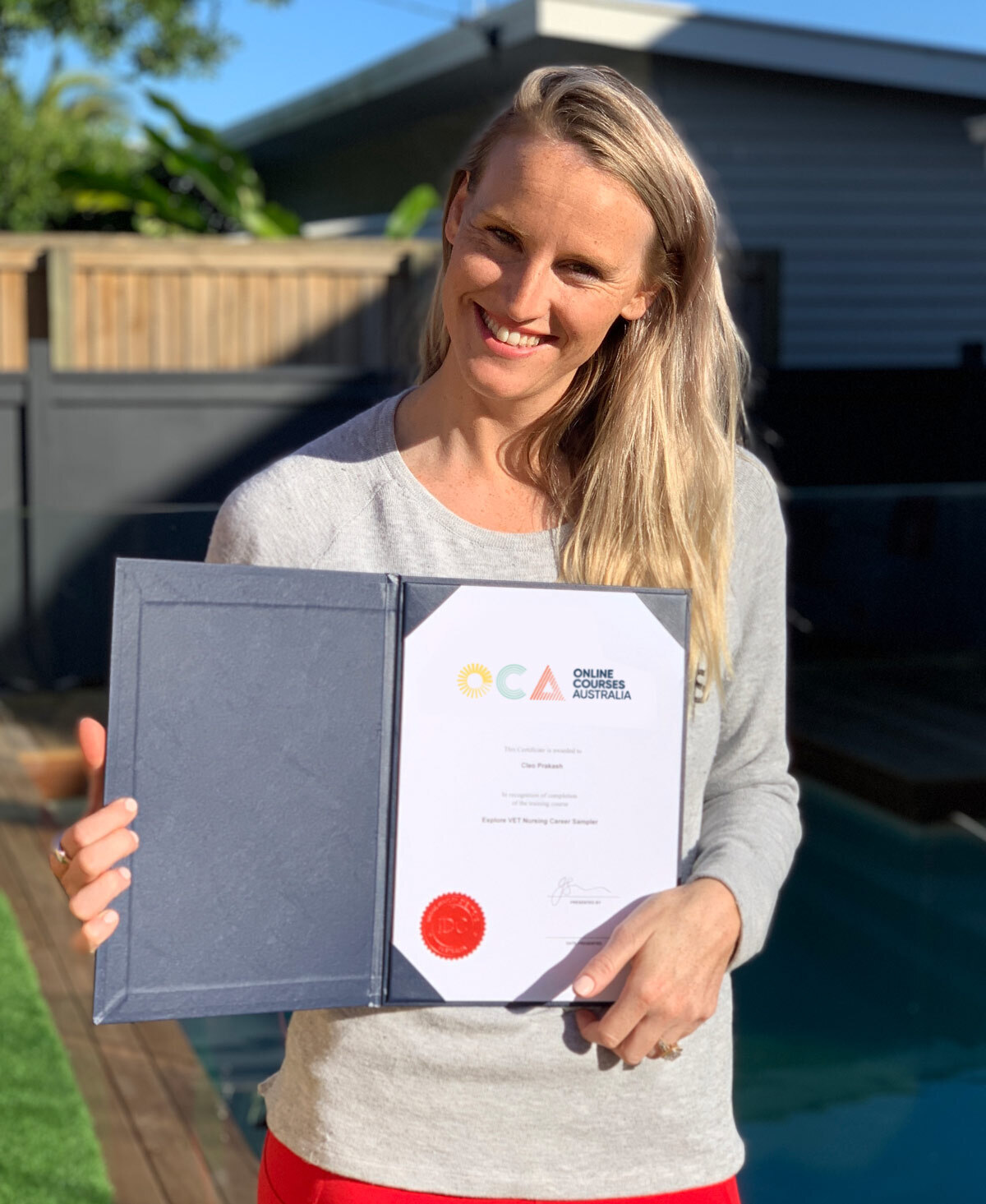This after-school care course is designed to provide you with the skills and knowledge required to support and guide children's effective participation in school-age care. This means working with children between the ages of 5 and 12.
"I have just started your course, and I was previously studying the same course locally, but being a single mum, I found it a juggle with my three boys. Swapping online through Online Courses AUS was the best decision I ever made. It's so much more organised, and I can work my studies around my children. It's no longer a juggle trying to fit everything into my busy lifestyle. Brigid, that helped me prior to switching, was so friendly and helpful, which helped me in making my decision to swap from in-class to online. I enjoy the ease and the simple way the course is delivered. I can't thank you all enough for your help." - Robyn
A school-age care service is one that offers care and education for children between the ages of 5 years and 12 years. This usually coincides with primary school years, from kindergarten/prep to grade 6. School-age care services are also known as OSHC, Out of School Hours Care, Before School Care or After School Care.
If you want to become an educator working within this sector, our online childcare course, Before & After School care, is a significant first step.
More Content. More Skills. More Value.
All childcare lessons are presented in step-by-step learning modules perfect for studying at a pace that suits your lifestyle.
Enrol now to get instant access to this online childcare course and start learning immediately.
ENROL NOW
Why students love learning with us
We don't use dense academic text books. Instead, we design digestible step-by-step modules and high-quality video sessions, backed by 24/7 tutorial support. The lessons are all taught on demand, and assessments are generally short answer or multiple-choice and can be re-taken as many times as needed. They’re perfect for people with busy lives and families who want to better themselves while unlocking better opportunities.
We are CPD endorsed. Completing CPD-endorsed learning gives you CPD Points. These points are recognised by employers. You will receive evidence of your CPD points on your Course Completion Acknowledgement and digital badge issued by
Credly.
100% online and on-demand
Enrol at any time and study on your own terms. Assessments are designed to improve comprehension rather than test the recall of facts in a timed setting.
Dedicated round-the-clock support
We're here to help, whenever and wherever you need it. Access expert support from a tutor by email or phone (Mon-Fri) or reach us on live chat, 7 days a week.
Real world, industry-led learning
Our courses are designed in collaboration with institutions, employers and industry experts to equip you with practical, real-world skills that will advance your career and broaden your mind.
Choose how and when you pay for your course. Pay upfront with your credit card or Apple Pay, set up a flexible payment plan or use Afterpay or Latitude Pay to buy now, pay later.
![Certificate]()
Industry
Aligned
Course Delivery + Learner Support
Delivered 100% online, no classroom required
Instant access (simply enrol online, anytime)
Assessments are short answer and multiple choice
Fast turnaround on marking (within 1 business day)
One on one mentor support
Live chat, 7 days a week
Course Topics
Support Children To Participate In School Age Care
Work Collaboratively & Respectfully With Children In School Aged Care
BONUS UNIT: Work Effectively With Aboriginal And Torres Strait Islander People






